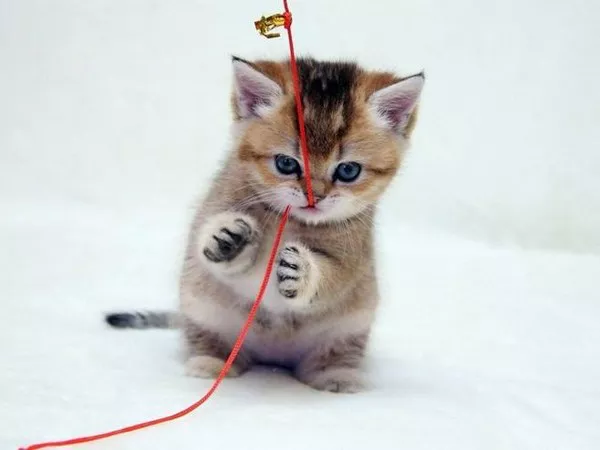In the enchanting realm of miniature turtles, their diminutive size hides a world of fascinating habits and dietary preferences. As these tiny reptiles make their homes in terrariums and captivate the hearts of pet enthusiasts, the question arises: What do miniature turtles eat? Unraveling the mystery of their nutritional needs is crucial for ensuring the health and happiness of these charming companions.
Understanding the Unique Palate of Miniature Turtles
Miniature turtles, often chosen for their size and manageable care requirements, exhibit distinct dietary preferences. A comprehensive understanding of their natural diet is essential to replicate optimal conditions in captivity. These petite reptiles are omnivores, meaning they consume both plant and animal matter. This diversity in their diet reflects their adaptive nature in the wild, where food sources can vary widely.
1. Plant-Based Delicacies
Miniature turtles derive essential nutrients from various plant-based foods. Leafy greens, such as kale, spinach, and lettuce, are rich in vitamins and minerals that contribute to the overall well-being of these small reptiles. Edible aquatic plants like duckweed and water lettuce are excellent additions to their diet, offering a source of nutrition while mimicking their natural habitat.
2. Protein-Packed Staples
Being omnivores, miniature turtles require a substantial amount of protein for proper growth and development. In their natural habitat, they feast on insects, small fish, and crustaceans. In captivity, providing a balanced protein intake is crucial. High-quality turtle pellets, formulated to meet their nutritional needs, serve as a convenient and essential source of protein. Additionally, offering live or freeze-dried insects, such as crickets and mealworms, adds variety to their diet.
Tailoring the Diet to Different Miniature Turtle Species
Miniature turtles encompass various species, each with unique dietary requirements. Tailoring their diet to suit their specific needs ensures optimal health and longevity.
See Also:What do Wild Box Turtles Eat and Drink?
1. Eastern Box Turtles
Eastern box turtles, renowned for their vibrant shell patterns, thrive on a well-balanced diet. Their diet comprises a mix of dark, leafy greens, vegetables, fruits, and protein sources. Ensuring a diverse diet is crucial for Eastern box turtles, promoting a robust immune system and preventing nutritional deficiencies.
2. Painted Turtles
Painted turtles, characterized by their striking markings, have a preference for aquatic plants, insects, and small fish. A diet rich in calcium is particularly important for painted turtles to support shell development. Calcium supplementation, along with a varied diet, contributes to their overall health.
3. Musk Turtles
Musk turtles, known for their distinctive odor, enjoy a diet consisting of aquatic invertebrates, small fish, and amphibians. Adequate provision of calcium and phosphorus is vital for musk turtles, as these minerals contribute to shell strength and bone development.
Mealtime Tips for Miniature Turtle Owners
Ensuring the proper nutrition of miniature turtles involves more than just selecting the right foods. Consider these mealtime tips to enhance the dining experience for these tiny companions:
1. Variety is Key
Offering a diverse range of foods mimics the natural foraging behavior of miniature turtles. Rotate their diet regularly to provide a spectrum of nutrients and prevent dietary monotony. This approach contributes to their mental stimulation and overall well-being.
2. Calcium Supplementation
Calcium is a cornerstone of a miniature turtle’s diet, promoting healthy shell growth and preventing metabolic bone disease. Calcium supplements, either in powder form or through cuttlebone, should be provided regularly. However, it’s crucial not to over-supplement, as excessive calcium can lead to other health issues.
3. Hydration Matters
Maintaining proper hydration is vital for miniature turtles. Ensure a clean and accessible water source is available at all times. Some miniature turtle species, like musk turtles, may even enjoy soaking in shallow water, providing an additional opportunity for hydration.
4. Monitoring Portion Sizes
Portion control is essential to prevent overfeeding, which can lead to obesity and other health issues. Miniature turtles have small stomachs, and feeding them appropriate portions multiple times a day is often more beneficial than a single large meal.
Common Mistakes in Miniature Turtle Nutrition
Despite the best intentions, pet owners may unknowingly make mistakes in their miniature turtle’s diet. Identifying and rectifying these errors is crucial for the long-term health of these endearing reptiles.
1. Inadequate Calcium Intake
A common mistake is underestimating the importance of calcium in a miniature turtle’s diet. Calcium is vital for shell development and overall skeletal health. Lack of proper supplementation can lead to deformities and other health issues.
2. Imbalance in Protein Sources
While protein is crucial, an imbalance in protein sources can be detrimental. Some owners may rely solely on commercial turtle pellets or live insects, neglecting the importance of plant-based foods. Achieving a balanced ratio of plant and animal matter is essential for a well-rounded diet.
3. Ignoring Species-Specific Needs
Each miniature turtle species has unique dietary requirements. Ignoring these specific needs can lead to nutritional deficiencies. Thorough research on the particular species owned is essential for tailoring their diet effectively.
Conclusion
Cracking the code of what miniature turtles eat unveils a fascinating world of dietary variety and complexity. The key lies in providing a balanced, species-specific diet that replicates their natural environment. As miniature turtles continue to enchant pet enthusiasts with their charm, understanding and catering to their nutritional needs is paramount for fostering a thriving and contented life in captivity. By embracing the intricate tapestry of their diet, owners can ensure that their miniature turtles not only survive but thrive in the loving environments crafted for them.
Related Topics:
What Fruits and Vegetables Can Turtles Eat?
What is the Lifespan of a Loggerhead Turtle?
What Jellyfish Does Leatherback Sea Turtles Like?
























